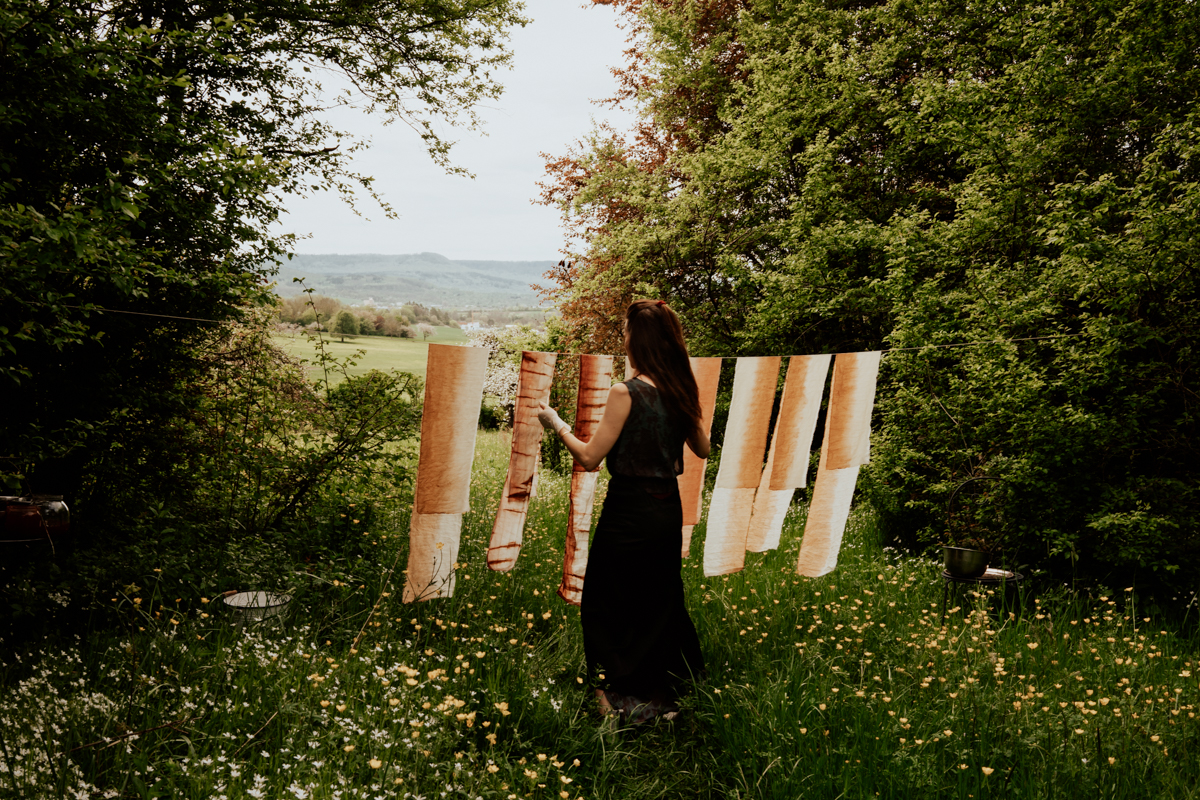•°☆• “Bittersweetness is a tendency to states of longing, poignancy, and sorrow; an acute awareness of passing time; and a curiously piercing joy at the beauty of the world. It recognizes that light and dark, birth and death —bitter and sweet—are forever paired.
If you’ve ever wondered why you like sad music . . .
If you find comfort or inspiration in a rainy day . . .
If you react intensely to music, art, nature, and beauty . . .
Then you probably identify with the bittersweet state of mind.” – Susan Cain in ‘Bittersweet: How Sorrow and Longing make us whole’
Loving this description of one of my favourite feelings in this world. A bittersweet state of mind is both a bit painful and delicate. The more intense it is the more creative I am. Also, my favourite photographs contain an air of bittersweetness…
How about you- do you feel this too and do you enjoy it? °•☆•
°•☆•

°•☆• Bittersüß zu fühlen heißt, eine Tendenz zu Zuständen des Sehnens, der Melancholie und der Traurigkeit; ein intensives Bewusstsein der vergehenden Zeit, eine merkwürdig durchdringende Freude an der Schönheit der Welt. In diesem Zustand erkennt man wie Licht und Dunkelheit, Geburt und Tod – bitter und süß – immer miteinander verbunden sind.
Wenn du dich je gefragt hast, warum du traurige Musik magst…
Wenn dir ein regnerischer Tag Trost oder Inspiration gibt…
Wenn du stark auf Musik, Kunst, Natur und Schönheit reagierst…
Dann kannst du dich vermutlich mit dem Seelenzustand des Bittersüßen identifizieren. – Susan Cain in ‘Bittersweet: How Sorrow and Longing make us whole’ (frei übersetzt)
Wie schön ist diese Beschreibung eines meiner liebsten Gefühle dieser Welt. Ein bittersüßer Seelenzustand ist gleichzeitig schmerzhaft und herrlich. Je intensiver das Gefühl desto kreativer bin ich. Und die Fotografien, die ich am liebsten mag, haben alle die Gemeinsamkeit eines bittersüßen Flairs.
Wie geht`s dir damit? Kennst du dieses Gefühl und genießt du es genauso wie ich? °•☆•




























































